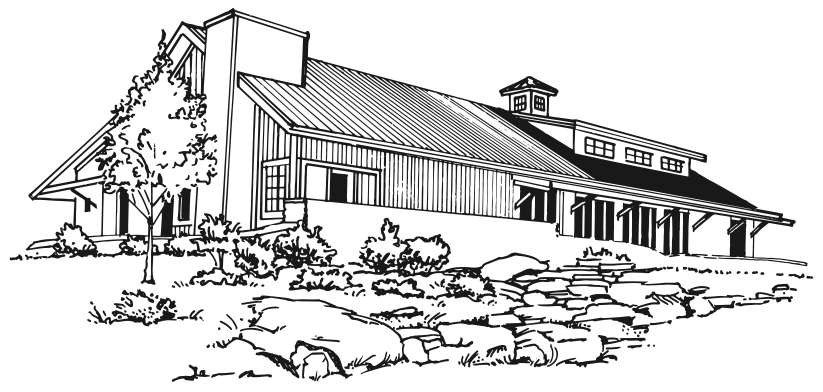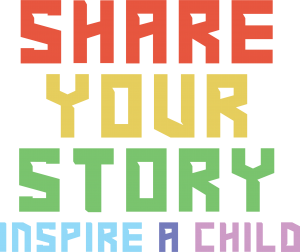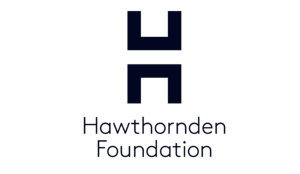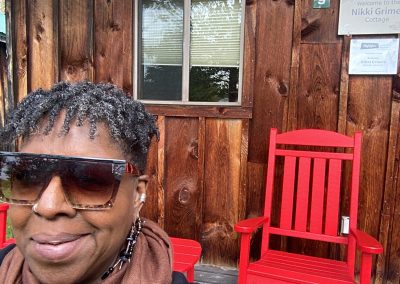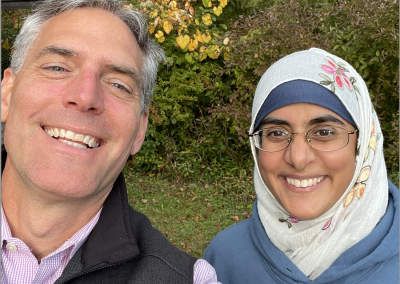Intersectionality Defined
The term was coined in 1989 by law professor Kimberlé Crenshaw to describe how race, class, gender, and other individual characteristics “intersect” with one another and overlap. ”It’s basically a lens, a prism, for seeing the way in which various forms of inequality often operate together and exacerbate each other.” Watch Kimberlé Crenshaw: The Urgency of Intersectionality.
Connecting Intersectionality and Children’s Literature
How can teachers center intersectional social justice in the classroom? According to Dr. Laura M. Jiménez, teachers “must learn to recognize, appreciate, and celebrate identities that are different from their own across multiple matrices of race, ethnicity, language, gender, sexuality, ability, religion, and class, and so on.” Read Dr. Jiménez’s article Mirrors and windows with Texts and readers: Intersectional Social Justice at work in the Classroom.
Reading With an Intersectional Lens
Just like you slip on a pair of reading glasses, you might find it helpful to put on your intersectional lenses when taking a fresh look at beloved books in your collection and when reading new books to see where they might replace or supplement your old reliables. “It takes time and intentionality, but we’re in a time in children’s publishing where there are so many quality books to choose from, that there is no excuse to use books that can harm a child’s identity,” says literacy consultant Franki Sibberson.
It’s not easy to challenge the canon of books used in the classroom, says educator Clare Landrigan. “There’s a messiness to this work and if you’re feeling discomfort it’s because you’re learning and growing.”
Reading and discussing children’s books makes for better children’s books
Who has the opportunity to do this critical reading and make meaningful changes in the books kids read?
- Librarians can audit their current collection and read potential purchases with a critical eye.
- Teachers can re-examine old favorites and work to discover new books that will provide the same things without harming a child’s identity.
- School administrators can support professional development and literature purchasing throughout their systems.
- Editors, agents and other publishing professionals can be mindful of intersectionality through the acquisition and editing process.
- Professors who are training the newest group of teachers can share titles as well as best practices for choosing titles.
- Children’s authors and illustrators can be mindful of representation when creating stories for children.
